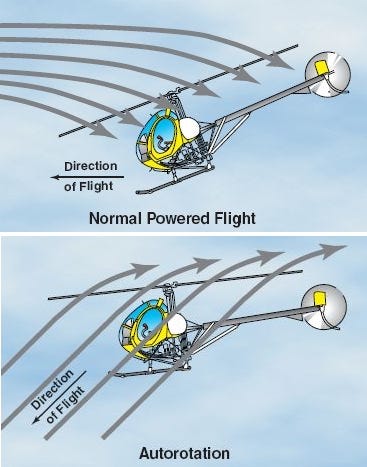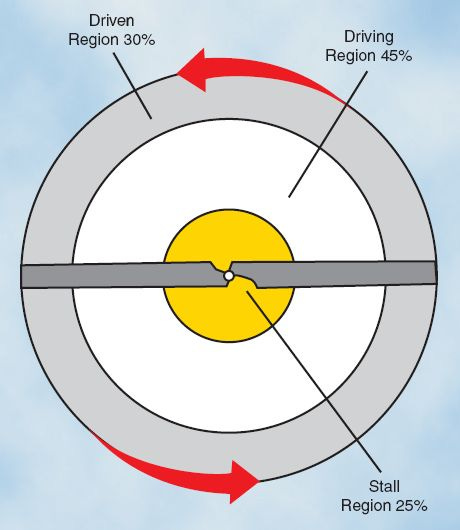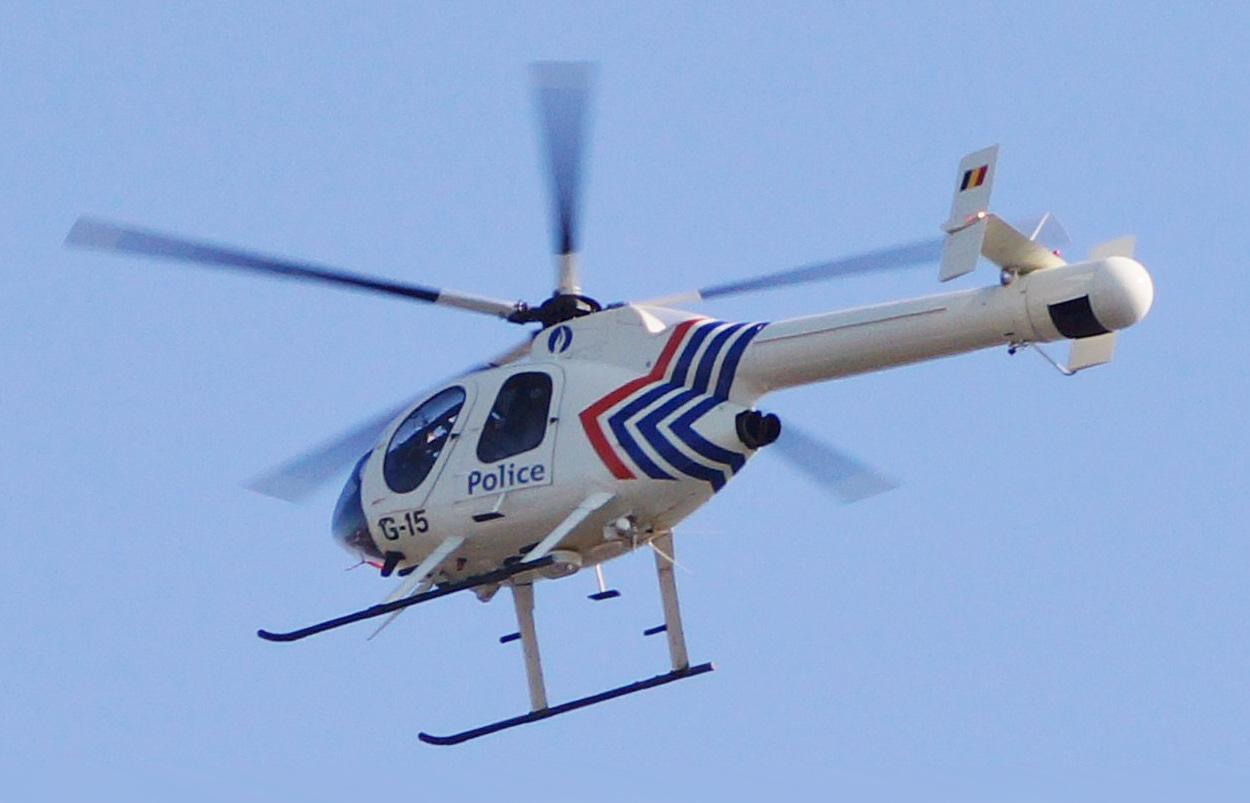Autorotation: Helicopter’s Hidden Superpower
There's a common myth that when a helicopter's engine fails, it plummets like a rock. The common thinking is that airplanes can glide but helicopters cannot. But helicopters have a clever trick up their sleeve—a mechanism called autorotation that allows them to glide safely to the ground. Today, let’s dive into how this fascinating feature works and why it’s so important in case of an engine failure.
The Helicopter's Secret: Autorotation
Imagine flying in a helicopter, and suddenly, the engine stops. Most people would expect the helicopter to immediately fall to the ground, but that's not the case. Thanks to autorotation, the helicopter can still control its descent, safely gliding down to the ground without power.
Normally, a helicopter’s main rotor is powered by the engine. But in an autorotation scenario, the engine is disengaged, and a clever mechanism called the freewheeling unit allows the rotor to spin freely. This happens automatically when the engine fails, and here's where the magic begins.
As the helicopter begins to descend, the upward airflow keeps the rotor spinning. The pilot can adjust the pitch of the rotor blades to manage the descent, controlling the speed and stability of the glide.

What Happens Inside the Rotor Disc?
When a helicopter enters autorotation, the rotor disc—made up of the main blades—divides into three main regions that play unique roles in keeping the helicopter under control during the descent:
The Driven Region
This region is responsible for producing drag, which slows down the rotor's rotation. It creates resistance, helping the helicopter descend at a controlled rate.The Driving Region
This is the most critical part of autorotation. The aerodynamic forces here actually accelerate the rotor, keeping it spinning as the helicopter descends. The total force in this region is slightly tilted forward of the axis of rotation, creating thrust that helps the blades keep moving. The pilot controls this region by adjusting the collective pitch, which allows them to maintain steady rotor speed during the descent.The Stall Region
This region is located at the innermost part of the rotor blade and operates at an angle of attack that’s too steep, causing drag and slowing down the rotor. It's important to manage this region carefully to avoid a stall, ensuring a smooth and controlled descent.
The Role of the Pilot
The pilot plays a key role in managing the autorotation process. By adjusting the collective pitch, the pilot can control the driving region to maintain a steady rotor speed, which is crucial for a safe landing. It’s similar to how a glider descends without power, relying on the forces of nature to glide toward the ground. In an emergency, this technique becomes the pilot's best friend, allowing them to make a controlled and safe landing.
Why Rotor Failures Are Dangerous
While autorotation is a life-saving mechanism in case of engine failure, rotor blade failure is a different story. Most helicopter crashes happen when the rotor blade itself malfunctions because there is no mechanism in place to save the helicopter if the rotor stops spinning. In those cases, the helicopter loses its ability to generate lift, and without a working rotor, the situation becomes far more dangerous.
The Bottom Line: Helicopters Can Glide!
Helicopters don’t just drop out of the sky when their engine fails. Thanks to the autorotation mechanism, they can glide safely to the ground, just like an airplane gliding after engine failure. This clever trick involves controlling the rotor blades to ensure they keep spinning, and the pilot uses that control to steer the descent.
So next time you hear someone say a helicopter will fall like a rock without its engine, you’ll know better—it's just another myth waiting to be debunked!




